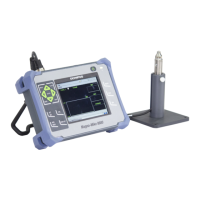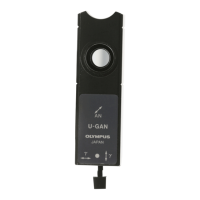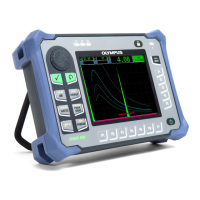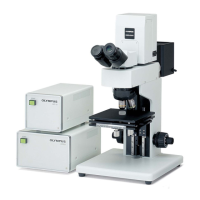DMTA-10026-01EN, Rev. D, January 2015
Using the Datalogger
113
You can store approximately 475000 thickness values. You can double the storage
capacity by using an optional removable microSD memory card. The maximum size
of the removable microSD card that can be used on the Magna-Mike 8600 is 2 GB.
With the datalogger, you can easily create a data file (see “Creating a Data File” on
page 113), perform a number of file operations (see “Performing File Operations” on
page 122), and perform data operations (see “Setting the ID Overwrite Protection” on
page 129).
7.2 Creating a Data File
The following procedure describes how to create a data file in the Magna-Mike 8600.
To create a data file
1. In the measurement screen, press [FILE], and then select CREATE.
2. In the FILE CREATE screen (see Figure 7-2 on page 114):
a) In the FILE NAME parameter, using up to 32 characters, enter the desired file
name.
b) In the DESCRIPTION parameter, optionally enter a description of the
contents of the file.
c) In the INSPECTOR ID, optionally enter an identification of the inspector.
d) In the LOCATION NOTE parameter, optionally enter an identification of
where the measurements are performed.
3. Select the desired FILE TYPE: INCREMENTAL, SEQUENTIAL, SEQUENTIAL
+ CUSTOM, or 2D.
4. Set the DELETE PROTECTION mode ON or OFF.
DELETE PROTECTION locks the file so it cannot be deleted. You can unlock the
file for deletion using the file edit function.
INCREMENTAL see “Incremental Data File Type”
on page 114
SEQUENTIAL see “Sequential Data File Type” on
page 117
SEQUENTIAL + CUSTOM see “Sequential Data File Type with
Custom Points” on page 118
2D see “2D Grid Data File Type” on
page 120

